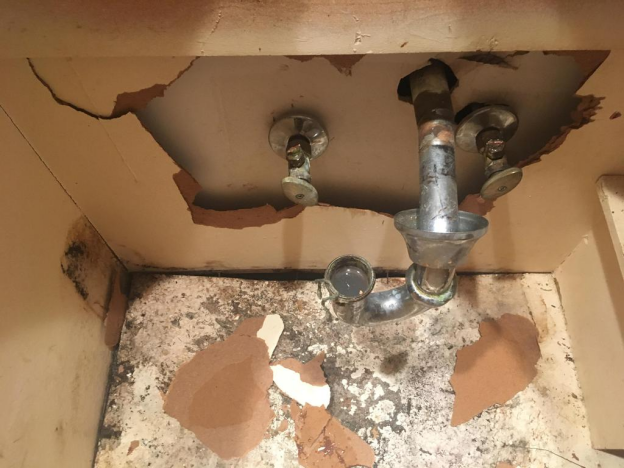
Water damage in homes can be both devastating and costly, often creeping up unnoticed until it's too late. Whether it stems from a simple leaky faucet or the aftermath of a storm, the repercussions can disrupt the comfort and safety of your living space. As a homeowner, understanding the various causes of water damage is crucial in taking proactive steps to safeguard your property.
This blog explores common culprits, such as plumbing malfunctions and severe weather conditions, offering insights on how to identify potential risks and implement effective preventative measures.
Common Causes of Water Damage
1. Plumbing Issues
One of the common causes of water damage in homes is plumbing failures. These can range from obvious issues like burst pipes during a freeze to more subtle problems such as slow leaks from aging pipes or malfunctioning appliances (dishwashers, washing machines, etc.). Regular inspections of pipes, faucets, water heaters, and appliance connections are essential to catch leaks early before they cause major damage.
2. Weather-Related Issues
In areas like Sarasota, the weather can play a significant role in water damage. Torrential rains, hurricanes, and floods can quickly overwhelm natural and man-made water management systems, leading to water intrusion in homes. Homeowners should be particularly vigilant during the rainy season and ensure that their property has adequate drainage and flood defenses in place.
3. Internal Household Factors
Water damage isn't always caused by external leaks; it can also originate from within your own home. Poor ventilation in areas like kitchens, bathrooms, and laundry rooms can lead to condensation build-up, which, over time, may cause mold, mildew, and deterioration of building materials. Similarly, HVAC systems can produce condensation that may not be adequately drained or vented, posing risks of water damage over time.
4. External Factors
The way a property is landscaped can significantly affect its vulnerability to water damage. For example, if the grading of the yard directs water toward the house rather than away from it, this can lead to problems. Additionally, clogged or improperly installed gutters and downspouts can cause roof runoff to spill over and accumulate around the foundation, potentially seeping into the basement or crawl spaces.
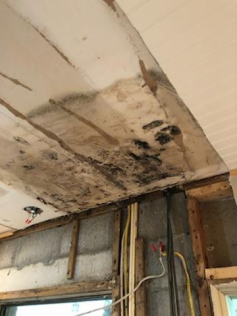
Identifying Risk Areas in Your Home
Basements and Crawl Spaces: These lower areas are the most prone to water intrusion due to their proximity to the ground. Regular checks for any signs of moisture, such as damp walls, musty smells, or pooling water, are essential. Ensure that sump pumps and dehumidifiers are functioning properly and that there are no cracks in the foundation where water can enter.
Attics: Roof leaks often manifest in the attic first before causing noticeable damage in the living spaces below. Inspect your attic for wet insulation, stained wood, or any signs of mold. Check around vents, chimneys, and roof intersections, which are common points of entry for water.
Roofs: Periodic inspection of the roof can help catch missing, damaged, or aged shingles and other roofing components that might allow water penetration. Look for shingle granules in gutters—a sign of roof wear.
Windows and Doors: Check for deteriorating caulk and weather stripping, which can allow moisture to seep in. Look for signs of water staining around window sills and door frames, which might indicate leaks.
Plumbing Systems: Regularly examine visible pipes, particularly under sinks and around appliances like water heaters and washers, for signs of corrosion or moisture.
Exterior Walls: Look for cracks or gaps in the external walls where water might penetrate, especially near water spigots and other fixtures.
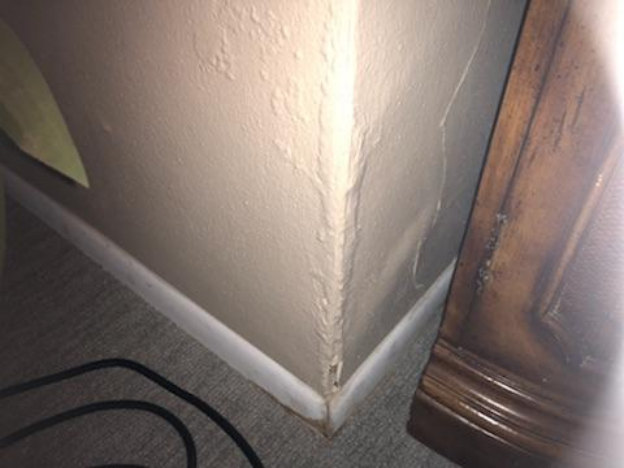
Preventive Measures to Avoid Water Damage
Seal Windows and Doors: Ensure that all seals around windows and doors are intact. Use weather stripping and caulking to seal any gaps that might allow water to enter, especially before the rainy season starts.
Clean Gutters and Downspouts: Remove debris from gutters regularly to prevent blockages that can cause water to overflow and seep into your home. Ensure downspouts direct water away from the foundation of the house.
Inspect and Repair the Roof: Check for damaged or missing shingles and have them replaced promptly. Look for signs of wear around roof penetrations like vents and chimneys, and reseal them if necessary.
Improve Landscaping: Adjust the landscaping to ensure that water flows away from the house. Adding slopes away from the foundation and using drains can help manage water runoff.
Waterproofing Basements and Crawl Spaces: For homes prone to basement or crawl space water intrusion, professional waterproofing can be a valuable investment to prevent future damage.
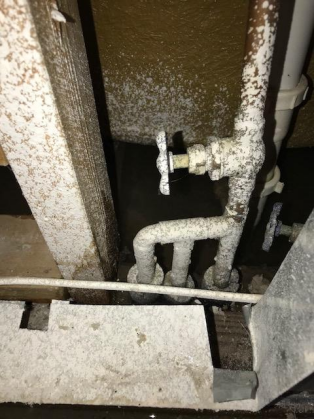
Dealing with Water Damage
Stop the Source: If possible, identify and stop the source of the water immediately. This might involve turning off the main water valve or patching a leak temporarily.
Safety First: Before addressing the water damage, ensure your safety. Avoid electrical hazards by turning off power in affected areas, and be cautious of slippery surfaces and unstable structures.
Document the Damage: Take photos and videos of the damage for insurance claims. Document all affected areas and items before you start cleaning up.
Begin Water Removal: Use pumps, vacuums, or towels to remove standing water. The faster you remove the water, the less damage it can do.
Dry Out the Area: After water removal, use fans, dehumidifiers, and open windows (if weather permits) to dry out the affected areas thoroughly. This helps prevent mold growth.
Assess the Need for Professional Restoration: For extensive damage, especially when dealing with contaminated water or mold, professional restoration services are essential. Professionals have the tools and expertise to safely and effectively restore your home to its pre-damage condition.
Swift Water Damage Restoration: In Sarasota, local experts specialize in quick response and restoration services. They can handle everything from water extraction to structural drying and repairs.
Review and Upgrade: Use the incident as an opportunity to upgrade or improve areas that were susceptible to damage. Consider enhancing waterproofing measures, updating plumbing, or improving drainage around your home.
If you're facing the aftermath of a storm or flood, don't wait—take immediate action to protect your property. For swift water damage restoration, professional storm damage recovery, or emergency flood cleanup in Sarasota, Flood Pros USA is here to help 24/7. Our team provides comprehensive water damage repairs and expert storm damage restoration to bring your home or commercial property back to its best.
Contact us today for fast water damage recovery.
Subscribe to Flood Pros USA's Blog

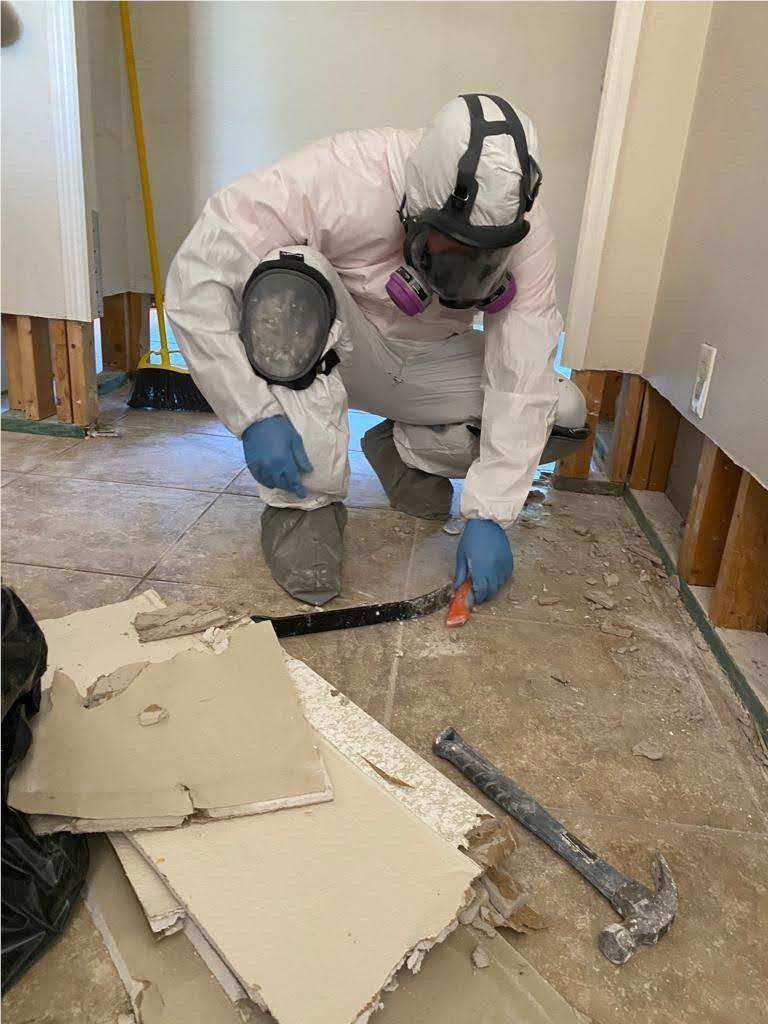

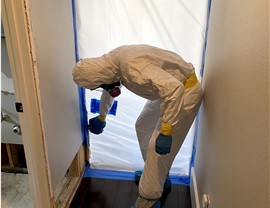
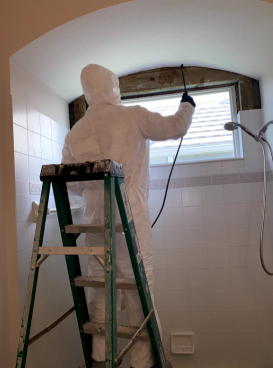
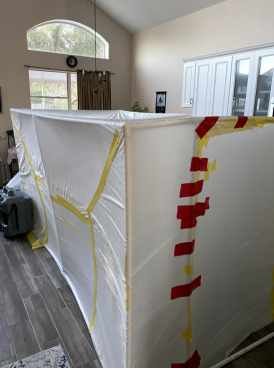

Comments